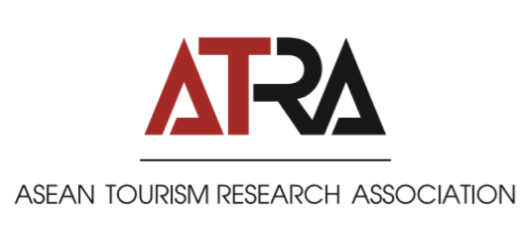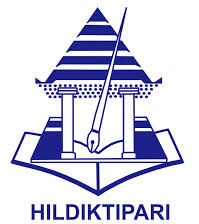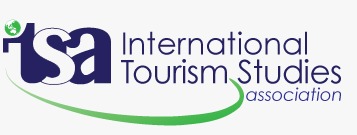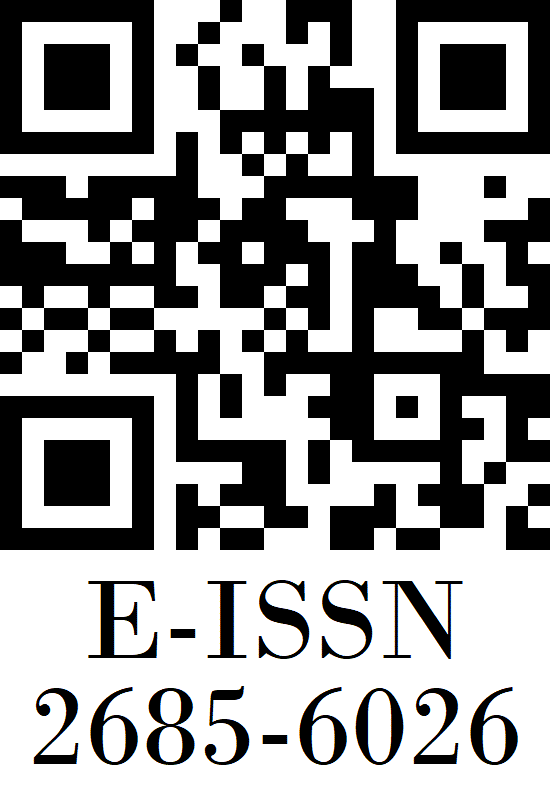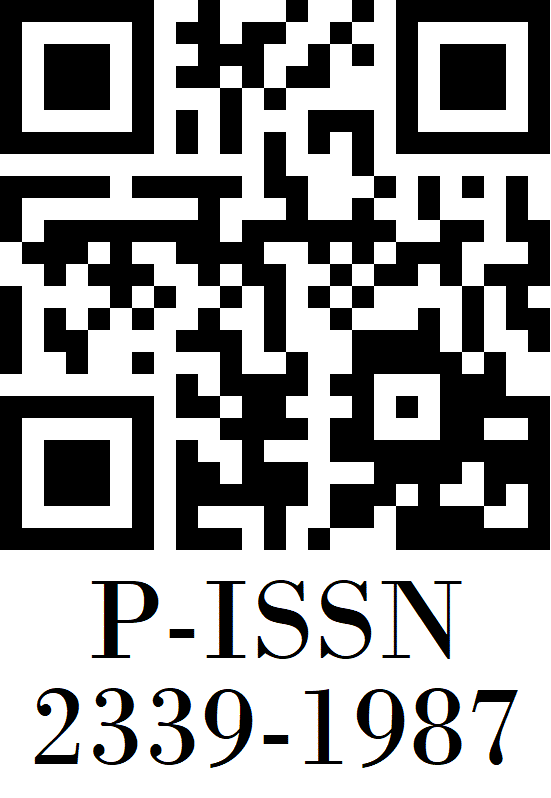Peranan Museum Indonesia sebagai Atraksi Wisata Melalui Pendekatan Total Nilai Ekonomi
Abstract
This study aims to examine the role of Museum of Indonesia as tourists’ attraction by assessing its total economic value. The total economic value is measured by accumulating the use value and the non - use value based on the willingness to pay (WTP) of the visitors. In this study, the travel cost method was applied to assess the role of the Museum of Indonesia as a tourist attraction to assess the cost of travel, willingness to pay, motivation and perception of visitors. The results of this study indicate that the use value of the Museum of Indonesia using the travel cost method is Rp 4,627,210,056. While the value of the willingness to pay for the Museum of Indonesia is Rp 5,281,600,000 over the satisfaction of the Museum of Indonesia, and Rp 11,914,307,220, if tourists are prohibited from visiting the Museum of Indonesia. The total economic value of Museum of Indonesia is Rp 9,908,810,056 representing the accumulated use value and non-use value. The results suggest that the Museum of Indonesia has both existence value and bequest value as evidenced by the total economic value and from the high level of satisfaction felt by visitors to the Museum of Indonesia. Using a set of Likert-scale questions, perceptions and satisfactions have resulted in an average of 3,99 score for overall satisfactions. This research concludes that the Museum of Indonesia has a significant role as a tourist attraction considering the travel cost method figure, the willingness to pay, the total economic value, and the tourist perceptions in favoring the museum.
References
Adrianto, Mochamad. 2010. Analisis Travel Cost Method Pada Benda Cagar in: Studi Kasus Museum Sangiran. Skripsi.Universitas Sebelas Maret Surakarta.
Common, M. 1996. Environmental and Resources Ecomic : An Introduction. 2 Ed. Addison Wesley Longman, New York.
Depbudpar. 2009. Data dan Informasi Kebudayaan, Pariwisata, Pemuda, dan Olahraga, “Jumlah Pengunjung Museum di Indonesia”. Pusat Data dan Sistem Jaringan Depbudpar. Online: http://kppo.bappenas.go.id/preview/225.html, diakses 17 September 2013 pukul 14.30 WIB.
Djijono. 2002. Valuasi Ekonomi Menggunakan Metode Travel Cost Taman Wisata Hutan Wan Abdul Rachman, Provinsi Lampung. Online: http://pustaka_unpad/valuasi-ekonomi.html, diakses 13 November 2013 pukul 16.30 WIB.
Grandstaff,S. dan J.A. Dixon. 1991. “Penilaian Taman Publik Lumpinee di Bangkok, Thailand” dalam Dixon, J.A. and M. Hufschmidt (Ed). 1986. Economic Valuation Technique For The Environment : A Case Study Workbook. The John Hopkins University Press. Terjemahan oleh : S. Reksohadiprodjo dan S.D. Tanjung (1991). Yogyakarta: Gadjah Mada University Press.
ICOM.“Museum Definition” The World Museum Community (Adopted During The 21st General Conference in Vienna, Austria in 2007), Online: http://icom.museum/who-we-are/the- vision/museum-definition.html, diakses 17
September 2013 pukul 14.00 WIB.
Kountur, R. 2003. Metode Penelitian: Untuk Penulisan Skripsi dan Tesis. Jakarta: Penerbit PPM, anggota IKAPI.
Magetsari, Noerhadi. 2008. “Filsafat Museologi” Makalah disajikan dalam Seminar Peringatan 100 Tahun Kebangkitan Nasional. Departemen Kebudayaan dan Pariwisata, Direktorat Jenderal Sejarah dan Purbakala, Direktorat Museum.
Poor, P. J. & Smith, J. M. 2004. Travel Cost Analysis of a Cultural Heritage Site: The Case of Historic St. Mary’s City of Maryland. Journal of Cultural Economics, 28:3, 217–229.
Swarbrooke, John. 2001. The Development and Management of Visitor Attractions. Butterworth Heinemann, Elseiver, Oxford.
Throsby, D. 2002. Economics and Culture. Cambridge, UK. Cambridge University Press.
Turner, R.K., Pearce, D., dan Bateman, Ian. 1994. Environmental Economics: An Elementary Introduction. London: Harvester Wheatsheaf.
Yoeti, Oka A. 1996. Pengantar Ilmu Pariwisata.
Jakarta: PT. Perca.




